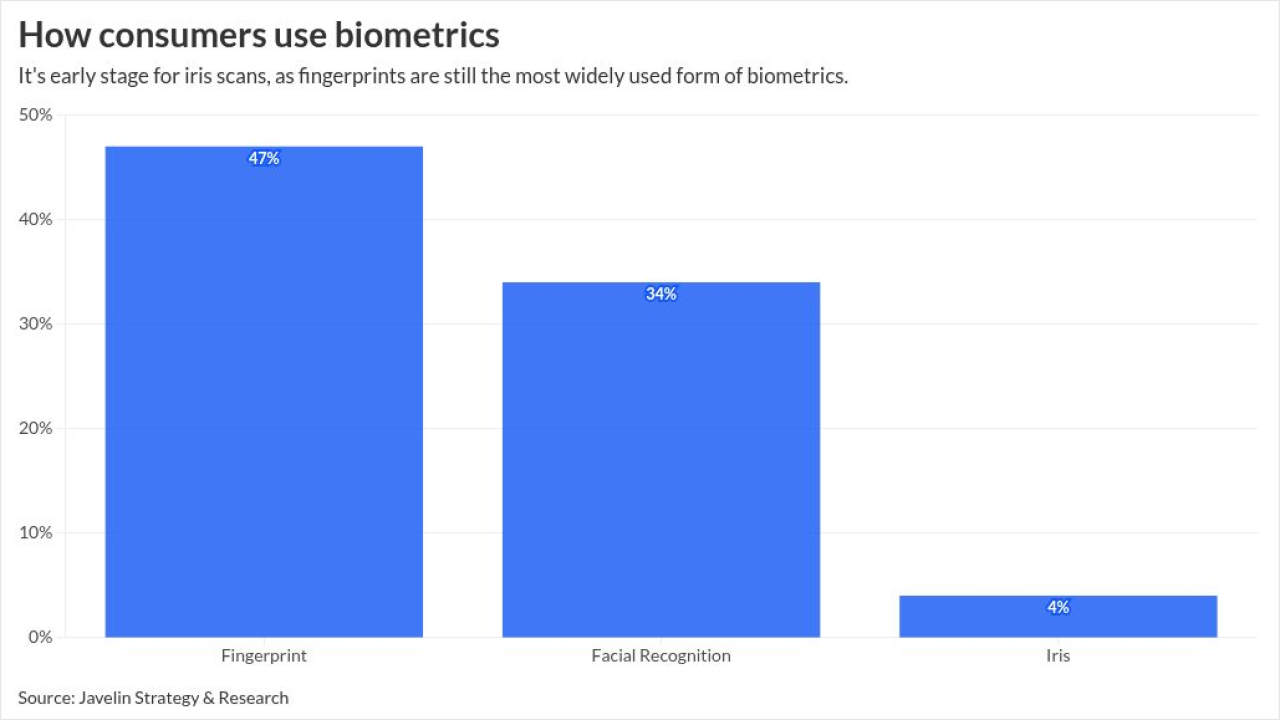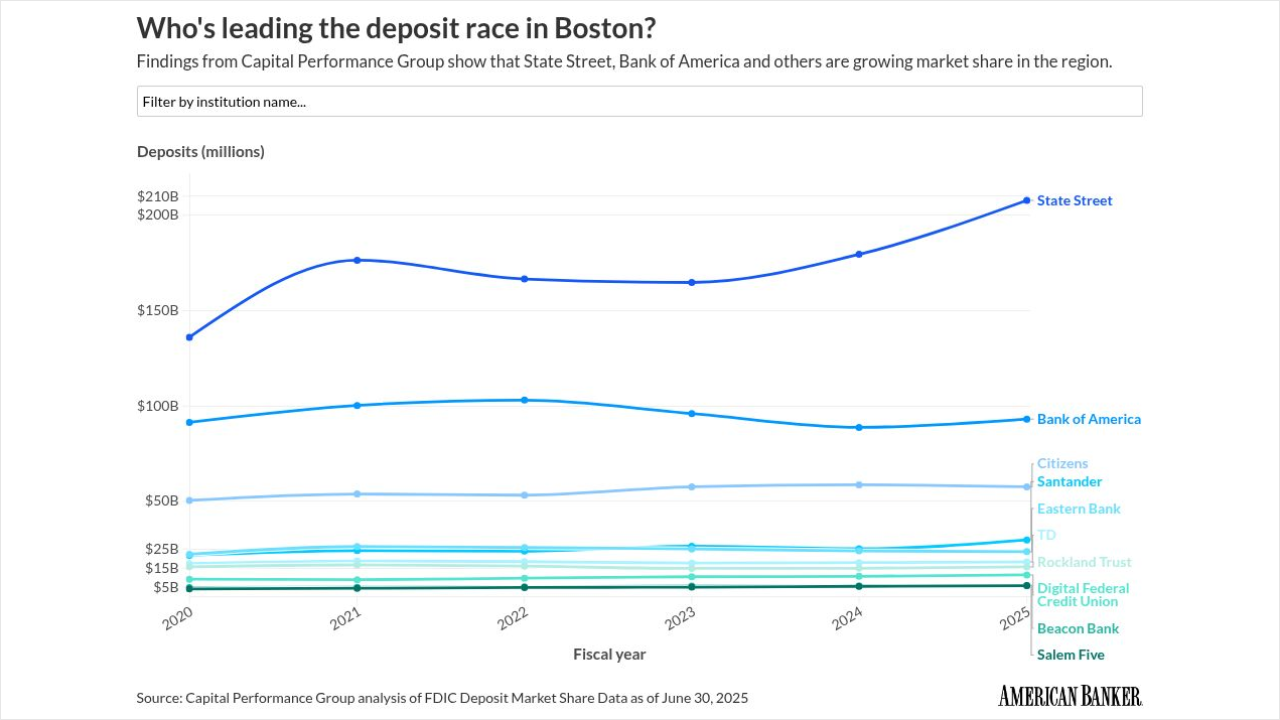American Banker's 2025 On-Chain Finance Report
American Banker's On-Chain Finance survey was fielded online during August and September, 2025, among 142 employees of banks, credit unions or payments companies. All respondents are knowledgeable about their institution's plans for digital currencies, including cryptocurrencies and digital assets.
Top findings from the report- Few financial institutions offer stablecoins, with many still ironing out plans.
- Public cryptocurrencies were the top asset spurring digital-wallet rollouts.
- Digital asset transaction services are rare for now.
- Institutions were most likely to engage with public cryptocurrencies and stablecoins as internal asset holdings.
Results from the report are highlighted below using interactive charts. Mouse over each section for more detail, click on the chart labels to show or hide sections and use the arrows to cycle between chart views.
This item is the first in a series diving into new data from American Banker, so check back for the latest updates.
- Part two:
Five challenges banks face when they consider crypto services - Part three:
Why some banks are saying yes to stablecoins, and others are saying no - Part four:
Bank execs say stablecoins, crypto here to stay
Stablecoin starting points
Stablecoins may be the talk of the town, but few banks or credit unions have actually acted on plans to launch one.
Two percent of respondents said they've already launched a stablecoin, followed by 2% who are piloting a stablecoin, 4% who are planning to pilot or launch a stablecoin and 4% who are planning to partner with other banks in a bid to issue a stablecoin.
Seventy percent of respondents are either in the early stages of discussing a stablecoin issuance, or haven't yet discussed launching a stablecoin. Fifteen percent said they have decided against launching a stablecoin and 4% were unsure.
Broken down by institution class, regional or national banks with more than $10 billion of assets were the only group that have launched or piloted a stablecoin to some degree, at 6% of experts surveyed.
Community banks had the largest share of leaders who have decided not to issue a stablecoin, at 24%, and credit union executives seemed to be on the cusp of a stablecoin moment with 43% in early talks about issuing a stablecoin of their own.
Key takeaway: Few financial institutions offer stablecoins, with many still in the process of ironing out plans.
The evolving digital wallet
Banking experts are still debating whether or not to offer custody of stablecoins and other digital currencies and assets.
Fifteen percent of respondents said their institutions were either planning to offer within the next 12 months or are currently offering/piloting digital wallets or other custodianship methods for publically-traded cryptocurrencies such as Bitcoin and Ether. A further 31% are in discussion about custody but have no plans to launch something within the next 12 months.
Close behind, with 12% of respondents in agreement, was custodial support for stablecoins such as Tether and USD Coin. An additional 32% of respondents are currently in discussion with no plans to launch custody services within the next 12 months.
When looking at the results broken down by institution class, 23% of regional or national banks were offering custody for public cryptocurrencies, while 14% of credit unions and 5% of community banks were doing the same.
Stablecoins saw support from 19% of regional or national banks, 7% of credit unions and 5% of community banks.
Key takeaway: Banks and credit unions planning to offer digital wallets for digital assets are most interested in supporting public cryptocurrencies like Bitcoin.
Cryptocurrency checkout
Banks and credit unions allow customers to transact with cryptocurrencies and stablecoins on a small scale today. Some expressed plans to increase their activity in the near future.
Eleven percent of respondents said their organizations are offering/piloting the ability for customers to transact with publically-traded cryptocurrencies right now or plan to do so in the next 12 months. Twenty-nine percent are discussing that capability but do not have plans to launch a solution in the next 12 months.
A slightly larger 12% of respondents are also offering digital asset-based customer transactions or plan to do so in the next 12 months for stablecoins, with 31% currently discussing plans but not intending to launch any capability within the next 12 months.
Viewing the results at an institutional level, 19% of regional or national banks currently offer/pilot such transactional services or plan to do so sometime within the next 12 months, compared to 2% of community banks and 14% of credit unions.
A similar dichotomy is seen with stablecoins; 17% of regional or national banks support or pilot stablecoin transactions, compared to 5% of community banks and 14% of credit unions.
Key takeaway: Digital-asset transaction services are rare, but set to grow.
Banking on digital assets
Nearly a fifth of experts surveyed said their organizations are either holding public cryptocurrencies or participating in any of the associated markets. Stablecoins were close behind with 11%.
Other assets such as memecoins and NFTs ranged between 1% and 3%.
Seventy percent of respondents said they don't hold any digital assets on their books.
Among regional or national banks, 51% hold or invest in either public cryptocurrencies or stablecoins, followed by 21% of credit unions and only 10% of community banks.
Larger banks were more likely to engage with digital assets; only 53% of regional or national banks said they worked with "none of the above," compared to 86% for both community banks and credit unions.
Key takeaway: Large institutions are far more likely than small banks and credit unions to invest in public cryptocurrencies and stablecoins.





